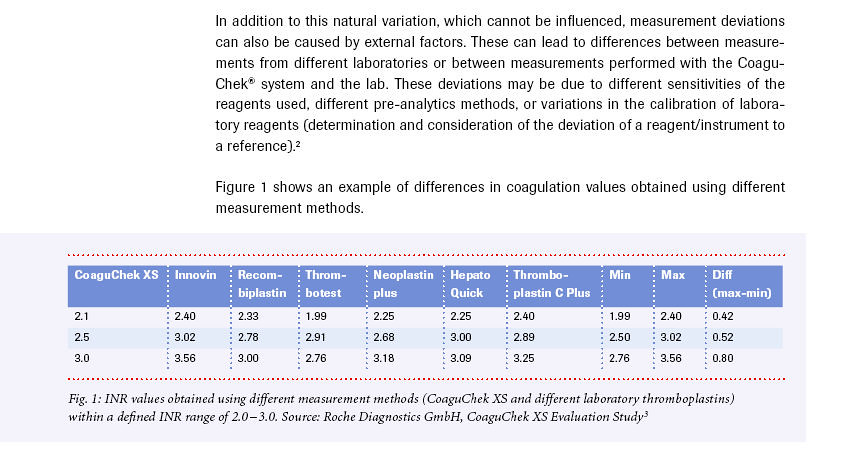twinsunnysideup
Member
I would like to get feedback on this home monitoring system. I will be using it on my 12 year old daughter. Is it fairly accurate? Easy to use? How does it compare to others on the market? Thank you so much

twinsunnysideup;n859821 said:I would like to get feedback on this home monitoring system. I will be using it on my 12 year old daughter. Is it fairly accurate? Easy to use? How does it compare to others on the market? Thank you so much

twinsunnysideup;n859840 said:Great information, thank you very much!
This has been the most frustrating thing I have ever come across.... refusing to sell the device. It's INSANE
twinsunnysideup;n860083 said:...
I will never use Coagucheck/Roche for 2 reasons: one is they stalled us with the paperwork
twinsunnysideup;n862142 said:... cream which we used every time it was pretty bad. Somehow it's difficult to draw blood on my daughter. I guess some people are just like that.
Protimenow;n862141 said:I'm sorry that I've been away from this forum for so long.
.
twinsunnysideup;n862153 said:pellicle, this is great! Thank you. I haven't had as much trouble with the finger prick but will definitely try your method.
For some reason we haven't been doing the side of the finger although now that you mentioned it, I think that is what the instructions said.
Enter your email address to join: